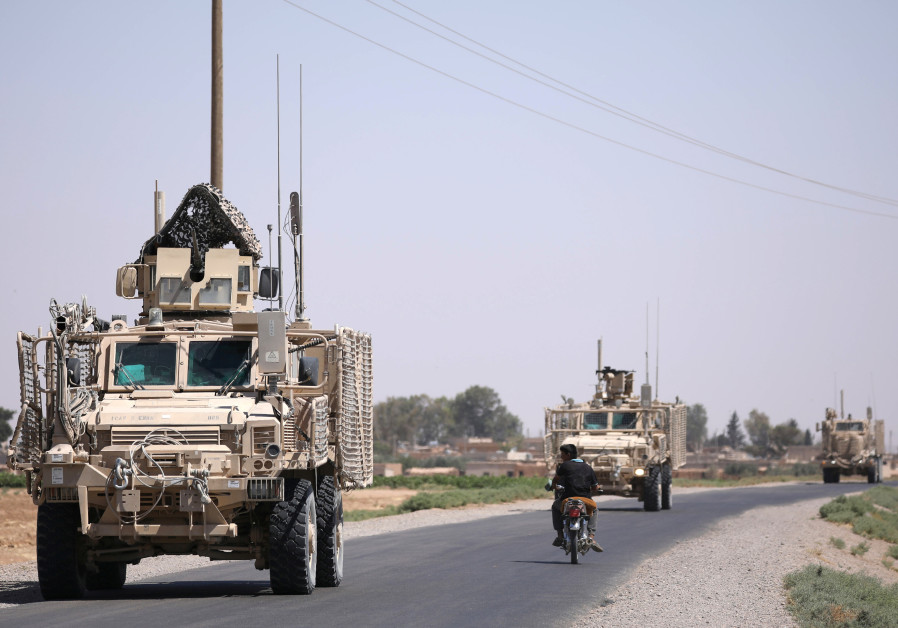Analysis: Tensions are already high in Syria. Now they will be higher.

We’ll be coming out of Syria like very soon, let the other people take care of it now… we’ll be coming out of there real soon,” US President Donald Trump said in late March. Now the apparent chemical-weapons attack by the Syrian regime in Douma has recaptured his attention.
Trump has never seemed to think of Syria as part of a broader American strategy in the region. There is evidence that in the fall of 2017 his administration sought to explore greater Saudi Arabia involvement in Syria, inviting Riyadh’s Gulf affairs minister to visit Raqqa after its liberation from Islamic State. He also reportedly broached the idea of the Saudis paying for reconstruction in the American zone in eastern Syria. In January, when Turkey attacked the US partner People’s Protection Units in Afrin, Syria, Trump spoke to Ankara about the need to limit the operation. But he didn’t seem to see Syria the way the Pentagon sees it.
The Pentagon has been deepening its support for its Syrian Democratic Forces allies in Syria and seeking to increase support for what it called “stabilization.” That means defeating what remains of ISIS in the Euphrates River valley and spending years on reconstruction efforts. The State Department has been only tepidly on board with this plan. The White House has appeared disinterested, distracted by scandals in Washington and turnover at the highest levels. With National Security Advisor H.R. McMaster out and secretary of state Rex Tillerson fired, there is lack of consistency in the administration, and Trump has been concentrating foreign policy in the White House without a team to back him up. In the Middle East, the US also lacks ambassadors to many of its key allies in the region, including Turkey and Saudi Arabia.
Syrian rebels have been spreading rumors of a US-backed attack on Syria for more than a month, claiming the US was working more closely with rebel groups in the south. However these rumored attacks never took place. It is unclear now if the inertia will finally end, and if it does, what will come next? Destroying a few Assad warplanes will have no effect. The larger question is: “What about the Russians in Syria and their air defenses?”
Trump didn’t shy away from accusing Putin and Russia directly of backing Assad. With the US and Moscow already in the midst of a diplomatic crisis that led to 60 Russian diplomats being expelled in March, this will bring relations to an even greater low and could risk conflict. It should be recalled that in February a group of pro-regime forces, allegedly including Russian contractors in Syria, tried to attack US-backed forces near Deir al-Zor. The US responded, killing hundreds in a major battle, including several Russian contractors.
Israel has opposed the US withdrawal from Syria at the highest levels, according to recent reports. Now the prospect of any US withdrawal will be more distant and the US may be encouraged to do more, including confronting Iran’s role in Damascus. Tensions are already high in Syria. Now they will be higher.
